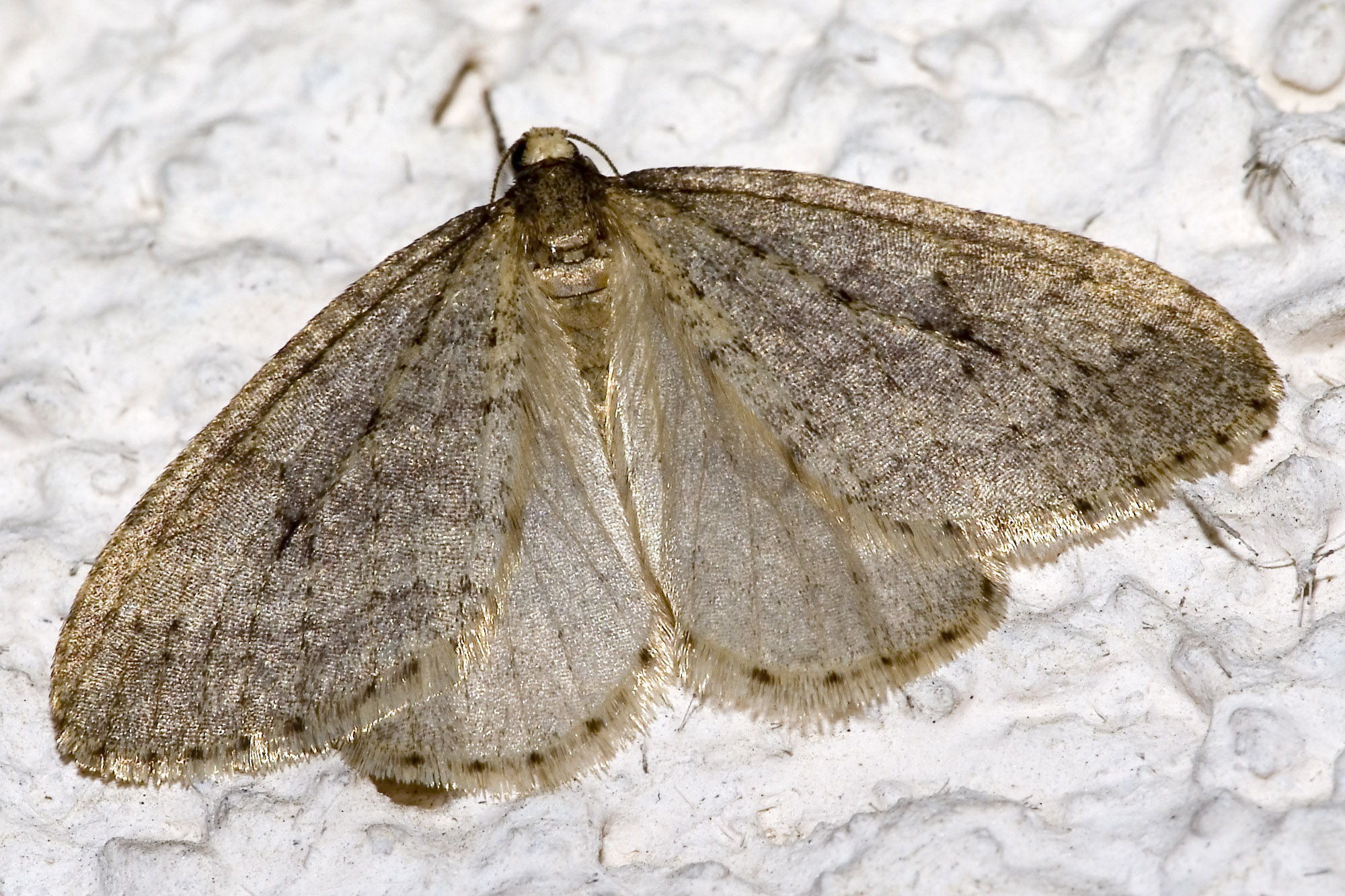|
Varroa Destructor
''Varroa destructor'', the ''Varroa'' mite is an ectoparasite, external parasitic mite that attacks and feeds on the honey bees ''Apis cerana'' and ''Apis mellifera''. The disease caused by the mites is called varroosis. The ''Varroa'' mite can reproduce only in a honey bee colony. It attaches to the body of the bee and weakens the bee by sucking fat body, fat bodies. The species is a vector for at least five debilitating bee viruses, including RNA viruses such as the deformed wing virus (DWV). A significant mite infestation leads to the death of a honey bee colony, usually in the late autumn through early spring. The ''Varroa'' mite is the parasite with possibly the most pronounced economic impact on the beekeeping industry. ''Varroa'' is considered to be one of multiple stress factors contributing to the higher levels of bee losses around the world. Physical description File:Varroa destructor protonymph (5048063601).jpg, ''V. destructor'' protonymph File:Varroa destructor deu ... [...More Info...] [...Related Items...] OR: [Wikipedia] [Google] [Baidu] |
Ectoparasite
Parasitism is a close relationship between species, where one organism, the parasite, lives on or inside another organism, the host, causing it some harm, and is adapted structurally to this way of life. The entomologist E. O. Wilson has characterised parasites as "predators that eat prey in units of less than one". Parasites include single-celled protozoans such as the agents of malaria, sleeping sickness, and amoebic dysentery; animals such as hookworms, lice, mosquitoes, and vampire bats; fungi such as honey fungus and the agents of ringworm; and plants such as mistletoe, dodder, and the broomrapes. There are six major parasitic strategies of exploitation of animal hosts, namely parasitic castration, directly transmitted parasitism (by contact), trophicallytransmitted parasitism (by being eaten), vector-transmitted parasitism, parasitoidism, and micropredation. One major axis of classification concerns invasiveness: an endoparasite lives inside the host's body; ... [...More Info...] [...Related Items...] OR: [Wikipedia] [Google] [Baidu] |
Population Dynamics
Population dynamics is the type of mathematics used to model and study the size and age composition of populations as dynamical systems. History Population dynamics has traditionally been the dominant branch of mathematical biology, which has a history of more than 220 years,Malthus, Thomas Robert. An Essay on the Principle of Population: Library of Economics although over the last century the scope of mathematical biology has greatly expanded. The beginning of population dynamics is widely regarded as the work of Malthus, formulated as the Malthusian growth model. According to Malthus, assuming that the conditions (the environment) remain constant ('' ceteris paribus''), a population will grow (or decline) exponentially. This principle provided the basis for the subsequent predictive theories, such as the demographic studies such as the work of Benjamin Gompertz and Pierre François Verhulst in the early 19th century, who refined and adjusted the Malthusian demographic model. ... [...More Info...] [...Related Items...] OR: [Wikipedia] [Google] [Baidu] |
Varroa On Larvae
''Varroa'' is a genus of parasitic mesostigmatan mites associated with honey bees, placed in its own family, Varroidae. The genus was named for Marcus Terentius Varro, a Roman scholar and beekeeper. The condition of a honeybee colony being infested with ''Varroa'' mites is called varroosis (also, incorrectly, varroatosis). ''Varroa'' mites, specifically the species ''Varroa destructor'', are recognised as the biggest pest to honeybees worldwide due to their ability to transmit diseases such as deformed wing virus (or DWV) to larval or pupating bees, resulting in death or severe deformity of the pupae. History and behavior ''Varroa'' mites feed off the fat body tissue of adult, pupal, and larval honey bees, and may carry viruses that are particularly damaging to the bees (e.g., deformed wings, and IAPV), and accordingly they have been implicated in colony collapse disorder. Research has indicated that alone, neither ''Varroa'' mites nor deformed wing virus are particularly de ... [...More Info...] [...Related Items...] OR: [Wikipedia] [Google] [Baidu] |

